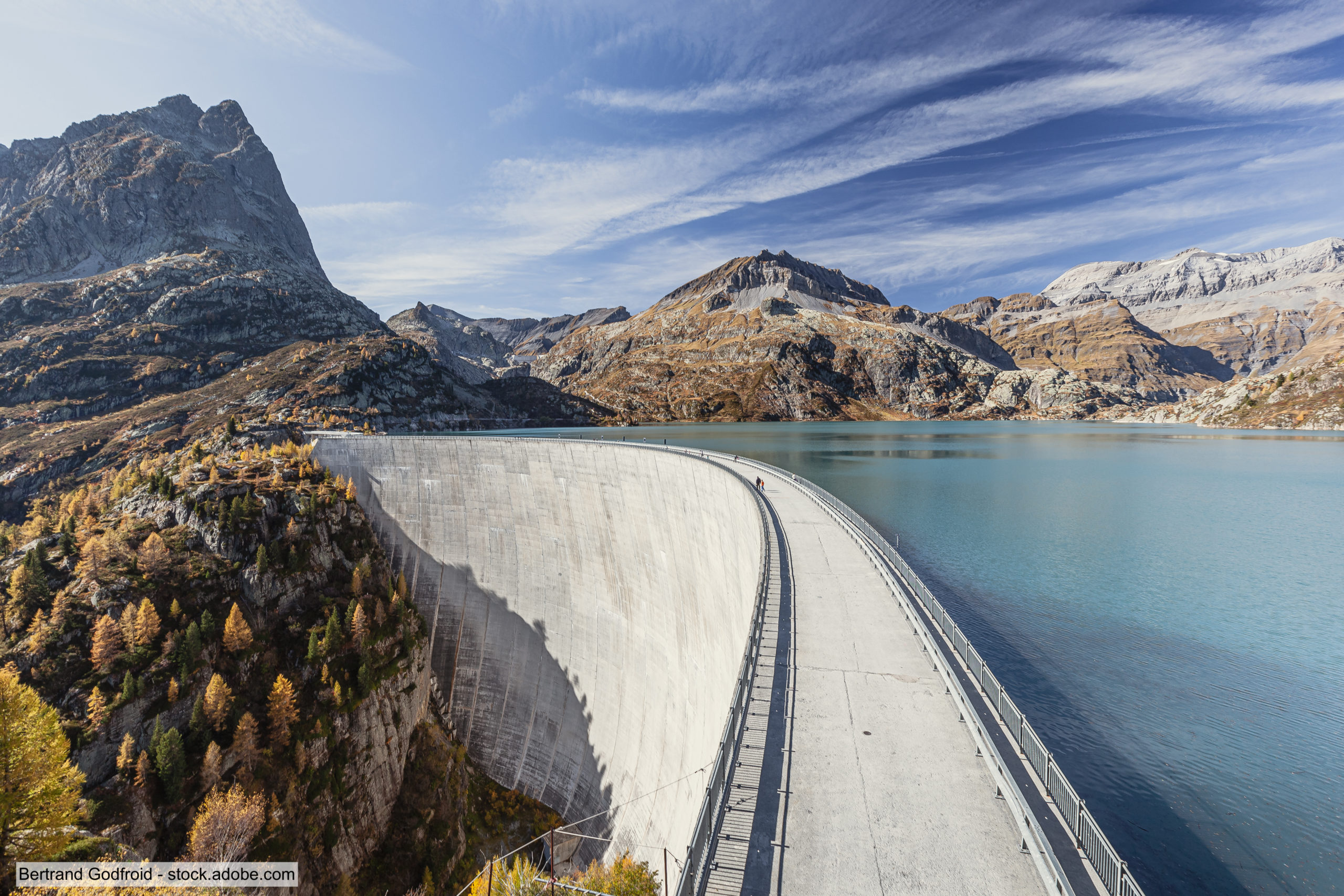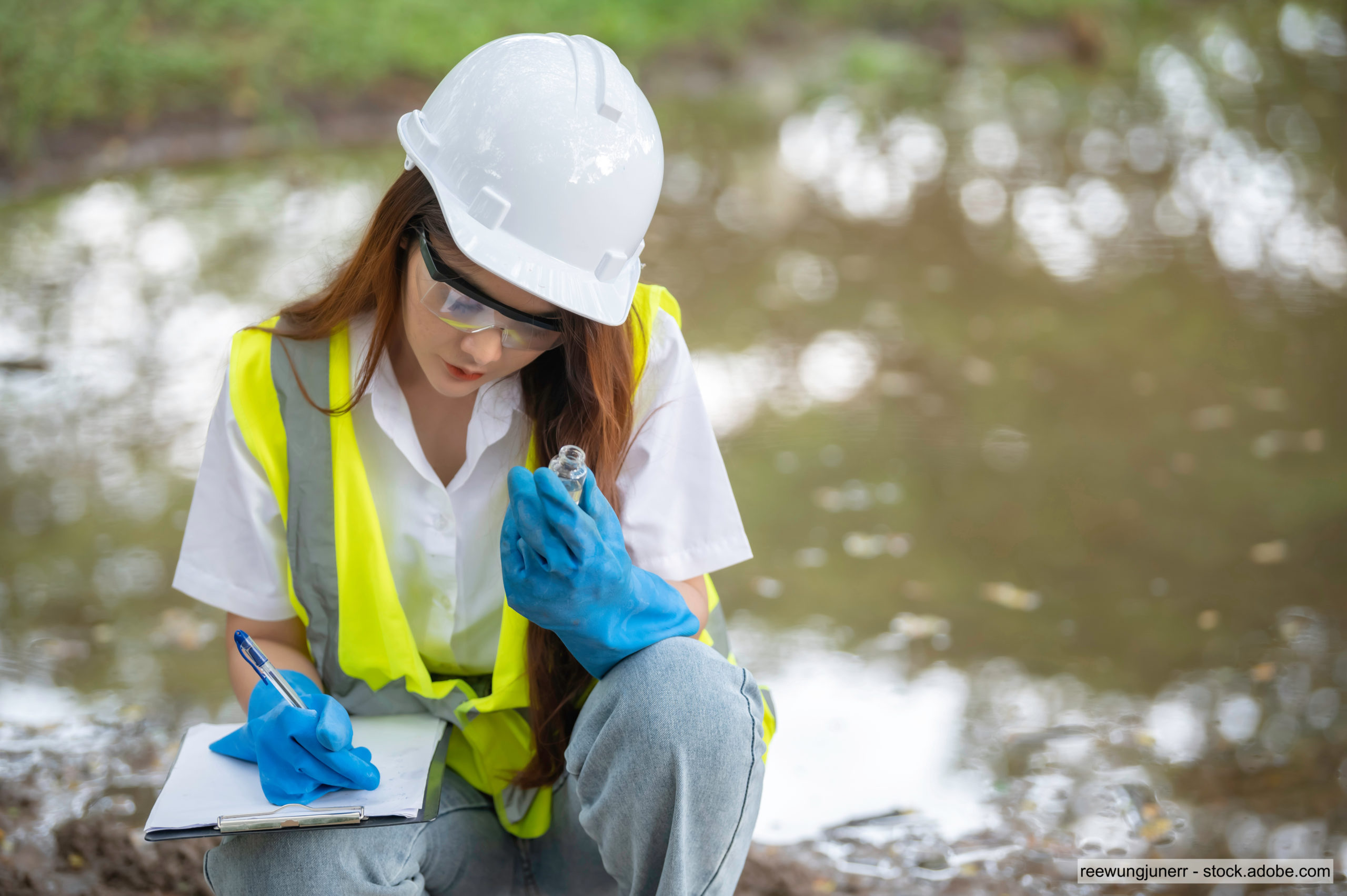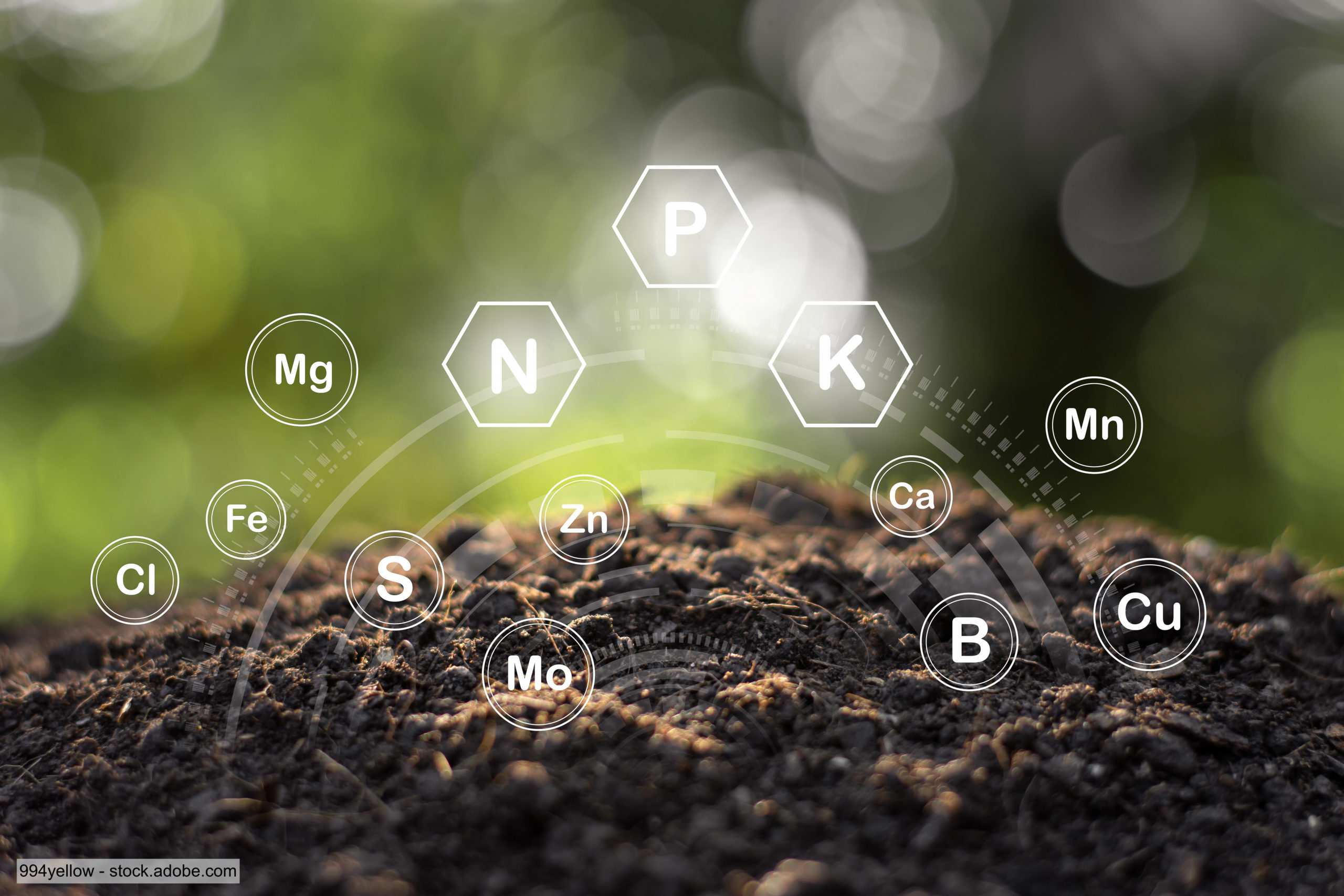Innovative waste treatment technology is helping to recycle wastewater and recover essential nutrients for agriculture and industry
By Frédéric Juillard, CEO at TreaTech
In a previous article, I looked at how Western attitudes to the treatment of waste are beginning to change, with countries like France, Switzerland and the USA taking new approaches to landfill and incineration, albeit different in nature and scope. In this article, I would like to briefly examine how these countries view the emerging scarcity of water, and highlight how new waste treatment technologies can help mitigate these emerging issues, as well as also provide a source of valuable nutrients for use in agriculture, and minerals and metals required by numerous other industries.

When one thinks of Switzerland, one no doubt imagines majestic mountain scenery with plentiful spring water cascading down from them. Indeed, with six percent of the European continent’s freshwater reserves, Switzerland is known as Europe’s water tower. Yet the rising number of recurrent droughts in the country are raising concerns about how long these water reserves can last, both at the canton and federal level. Federal organizations in Switzerland believe that measures should be put in place to save as much water as possible, including better tracking of water used by industry and agriculture. One example is Basel, which recently imposed restrictions on water use over the summer because of intense consumption by its chemical industries. Other cantons too are imposing stricter water monitoring.
In France, the situation is much worse. In 2022, drought alerts were rife, with 17% of France on the first level of alert, 25% on the second, and 55% on the highest level of drought alert. As a result, many businesses had to deal with water restrictions ranging from 25% to 50% of their normal use. Whilst some municipalities have started reusing wastewater for high consumption activities such as cleaning streets or watering golf courses, only a meagre 0.6% of water in France is actually recycled. This clearly leaves much room for improvement.
Water quality versus quantity

In the US, unlike other countries that are focused on water scarcity, attention is more directed to water quality. Per- and polyfluoroalkyl substances, known as PFAS or ‘forever’ chemicals, are raising increased concern. PFAS are widely used, long-lasting chemicals, components of which break down very slowly over time. Their widespread use and their persistence in the environment mean that many PFAS are found in the blood of human and animal populations and can be present in water, air, fish, and soil. Scientific studies have shown that exposure to some PFAS in the environment may be linked to harmful health effects in humans and animals. These revelations caused concern in several US states, with Maine for example banning the use of wastewater in agriculture. Several bills have been submitted to Congress to address PFAS contamination, including measures to designate PFAS chemicals as hazardous substances, regulate their use and discharge, and provide funding for cleanup and remediation efforts. Specifically with regard to water quality, the Inflation Reduction Act of 2022 (IRA) included a $4.7 billion budget for water.
Of course, these countries are not the only ones to worry about the scarcity and quality of water, and there is clearly a pressing need for solutions to preserve, treat and recycle water in many other countries worldwide. Innovative technologies such as the hydrothermal gasification of waste developed by TreaTech, in addition to the generation of renewable methane gas covered in a previous article, can help mitigate water issues. Once the waste treatment process using this technology is complete, all the water contained in the waste is recovered – free of contaminants – and can be re-used on or off site. In this way, the hydrothermal gasification process can fix both water scarcity and quality issues.
With regulations and public criticism playing an increasingly important role in motivating industries to deal with pollution issues, hydrothermal gasification also removes any risk of soil or water contamination through run-off, by treating the waste in a contained, circular solution. This is an additional bonus to the many recycling possibilities the technology offers, potentially helping companies to better their image of corporate sustainability and responsibility (CSR). Indeed, initial responses from public utilities and the chemical industry have been encouraging.
Recycling resources

In addition to recovering reusable methane and clean water, hydrothermal gasification also makes it possible to recover several essential minerals and metals. This is particularly useful for agriculture, which uses nutrients such as phosphorus and nitrogen. These valuable resources are separated and extracted from waste as a result of the hydrothermal gasification process.
As a small country, Switzerland needs to import many primary resources such as nutrients for its agriculture. To gain more stability and independence from the often-unstable countries that export such nutrients, Switzerland is promoting circularity among its population and industrials. For example, the Swiss Confederation has made the recovery of phosphorus mandatory from 2026 onwards. In this way, by recovering phosphorus from sewage sludge and bone meal, Switzerland will be able to meet its annual agricultural demand for phosphorus.
The country has also declared that, depending on the technique used, the proportion of phosphorus recovered should be at least 50%. The hydrothermal gasification process designed by TreaTech is actually able to extract over 90% of the phosphorus initially present in the waste, and this can then be used to create phosphorus-based fertilizers such as phosphoric acid or Struvite.
In western Europe, the production of nitrogen fertilizer has been heavily impacted since the beginning of the Ukrainian conflict, as Ukraine is a significant player in the production of nitrogen-based fertilizers. The risk of shortages of these fertilizers could lead to price volatility and even impact crop yields and agricultural production over time. Initially, French and Swiss farmers have switched to cheaper fertilizers that include urea, a fertilizer imported from Vietnam, Egypt, Oman, and the US. Some experts even argue that Europe replaced its dependence on Russian gas – used to produce ammonium nitrate – with a dependance on urea from unstable regions. Here again, hydrothermal gasification can help with this, as it can also recover over 90% of any nitrogen present in waste. It is clear that being able to recover nutrients from agricultural, chemical, and municipal waste is absolutely key to help stabilize food production in the coming years.
In today’s changing geopolitical environment, in which many Western countries are seeking to reduce their dependence on external sources for their gas and mineral requirements, the extraction and reuse of resources from waste can play a major role. Gradually, the availability of innovative solutions such as hydrothermal gasification are sowing the seeds of a radical change in mentality, shifting the focus away from financial optimization to resource optimization, making sustainability not only morally but also economically justifiable. Ultimately, every country needs a solution to waste treatment; the challenge now is integrating the optimization of waste into a new business model that benefits both the economy and society as a whole.
TreaTech’s ‘cleantech’ technology offers an effective, green alternative to existing waste disposal techniques, in a modular solution that can be adapted to existing on-site industrial processes to reduce the investment needed. With this new technology, companies across the world have an opportunity to play their part in helping mitigate water shortages, significantly reduce pollution dangers related to water contamination and contribute to providing a renewable source of valuable minerals.
Get in touch with us if you want to learn how we can help you capture valuable resources from your waste streams
Click below if you want to learn more about our technology

